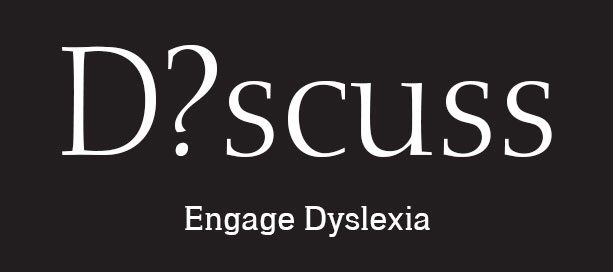Dyslexic Designers Just Think Different—Maybe Even Better
https://www.ispeech.org/text.to.speech
A lopsided wine decanter, a gorilla-shaped parka, a chandelier that looks a bit like an atom. These seemingly unrelated items have one thing in common: each was designed by someone with dyslexia. And they are all among the curious array of objects that will be featured in an upcoming exhibit at the London gallery designjunction.
Called Dyslexic Design, it's an exhibit of, in case you haven’t guessed, work from dyslexic designers. London-based industrial designer Jim Rokos curated it in the hopes of getting other people to see what he already can: that people with dyslexia aren’t suffering from a so-called learning disability. Rather, they're highly creative problem solvers who think in ways that make for killer designs.
It all began on a drive from London to Yorkshire. Rokos, himself a dyslexic, tuned into a talk radio program that had invited listeners to call in and share personal stories about dyslexia. “I was just waiting for someone to phone in and say how good it was,” he says. “But it was just people complaining about their children.” He says one caller even shared an anecdote about a sperm bank refusing a donation from someone with dyslexia.
Dyslexia forces you to interpret the world differently. It's typically recognized as a disorder characterized by difficulty reading, writing, and spelling due to variations in the way the brain processes language. But as Rokos sees it, people with dyslexia can identify solutions to problems that others might overlook. And he's using the exhibit as evidence.
Take Sebastian Bergne’s tilted, oblong wine decanter. It looks like it might fall over. “Other designers wouldn’t dare to do this because they wouldn't imagine it would work,” Rokos says. Similarly, consider Vitamin studio’s Knot Lamp. The pendant hangs from a knotted cord, rather than metal brackets or screws. “By thinking about it in a different way, they’ve done away with some of the engineering that would be used otherwise,” Rokos says.
A few factors cloud Rokos’ theory. The first and most obvious is that a designer doesn’t need dyslexia to do good, unique work. The second is that approximately one in five people have dyslexia, but it often goes unidentified—especially in schools. That makes it harder to draw a straight line between dyslexia and creativity.
John R. Ward/designjunction
That said, a link exists. It’s just not that linear. “People who are dyslexic seem to have an abundance of creative thought,” says Sally Shaywitz, co-director of the Yale Center for Dyslexia and Creativity and author of Overcoming Dyslexia. “But when you try to pin it down you have to remember that creativity is a very big area.” Artists, writers, and musicians tend to get tagged as “creative,” when creativity really just means seeing things differently. Shaywitz often invokes Charles Schwab, a billionaire businessman and dyslexic, as an example. “I remember him saying, ‘I can see the end zone, while others are thinking very serially, step by step.’ ”
Put that way, dyslexic thinking sounds like big-picture thinking—a frame of mind that certainly benefits designers. And approaching dyslexia from that angle could have two positive outcomes. One, it could help schools create more inclusive curriculae. Two, the world could become more user-friendly for everyone. Rokos remembers how, during a design festival in Paris, it took a fellow designer two hours to make it three stops home on the Métro. “He’s got this incredible 3-D mind,” Rokos says. “But a non-dyslexic wouldn’t have this kind of problem.”
Opening on September 22, Dyslexic Design will explore these challenges in a series of talks. The exhibit itself, Rokos says, will celebrate dyslexia—showcasing it not as a disability, but simply another frame of mind.
Wired
